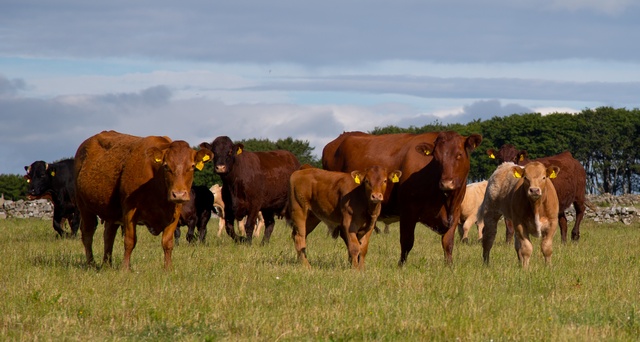
The number of cattle on Scottish farms and crofts has reached its lowest level since the 1950s, according to figures in the latest farm census.
Results from the Scottish Government’s Agricultural Survey taken in December 2016 show a decrease in total cattle of 23,900 (1.4 per cent) to 1.71 million, which is 3.5% lower than the 10 year average of 1.77 million.
Beef cattle numbers were down 3,600 to 420,900, which is 4.5 per cent lower than the ten year average of 440,900. Dairy cows decreased by 2,600 to 174,400.
December sheep numbers increased 1.7 per cent to 5.04m. Pig numbers continued to rise, with an 11 per cent increase to 368,000, driven by an increase in the number of fattening pigs.
The area of winter-sown crops in December 2016 was up on the previous December at 196,000 hectares, with 2,400 more hectares of oilseed rape, 2,300 hectares more oats, and 400 hectares more barley.
'Extremely worrying'
NFU Scotland's Livestock Committee chair, Charlie Adam said the results are 'extremely worrying'.
He said: "The fact that we are at a 50-year low for cattle numbers and declining is very worrying. For beef producers, higher costs, tighter carcase specifications and a reduction on the maximum value a carcase can achieve will be having an effect.
"Also, changes to support systems to area-based payments will have seen large reductions for many of the cattle breeders and finishers in the "engine room" where the bulk of our cattle are produced. There isn't enough profit, if any, in beef production without support.
"At current levels of support, it will take a lot more than efficiency improvements to change the fortunes of beef production - it needs market prices to rise substantially."
